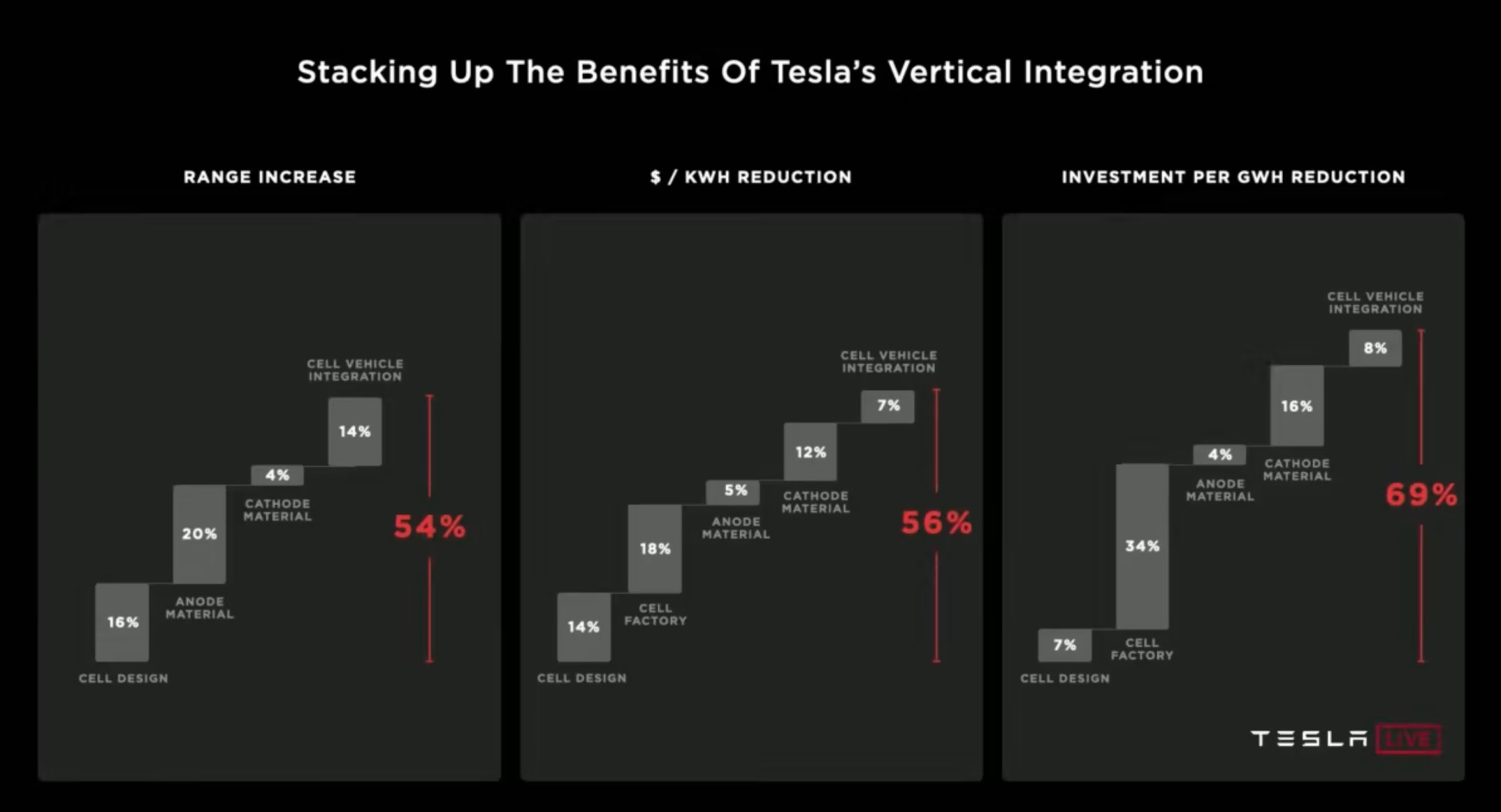Tesla says it has produced its 10 millionth 4680 battery cell at the company’s headquarter factory in Austin, Texas.
First announced during Tesla’s Battery Day in 2020, the 4680 is a revolutionary new cell design. With new materials and manufacturing processes, Tesla says the new cells will reduce battery costs per kWh by up to 56%

Since the 2020 announcement Tesla has been working hard to scale production.
During Tesla’s Q1 earnings call in April, Tesla’s senior VP of engineering Drew Baglino provided an update on the 4680 cell development.
“On Battery Day, we established a cost-down roadmap through 2026 across five areas of effort. There was the cell design we discussed; anode and cathode materials, the structural pack concept, and the cell factory itself,” said Baglino.
“We’ve been making progress across all these aspects since then. For the cell factory, for the Texas 4680 factory, we are part way through building and commissioning and installing and operating. We’ll be 70% lower capex per gigawatt hour than typical cell factories when fully ramped in line with what we described on Battery Day.”
For reference, 10 million 4680 cells is enough to make about 12,000 Model Ys so if Tesla wants to use its own batteries in the bulk of its production it will need to scale to around 10 million per week as Cybertruck and Model Y vehicle production ramp up at GigaTexas.
In January Tesla announced that it is investing $US3.6 billion ($A5 billion) to expand its Giga Nevada battery manufacturing facility expansion adding 100 GWh per year of its 4680 battery cells.
While Tesla’s in-house 4680 cells are ramping up, the bulk of Tesla batteries are still produced by external suppliers like CATL and Panasonic.

Daniel Bleakley is a clean technology researcher and advocate with a background in engineering and business. He has a strong interest in electric vehicles, renewable energy, manufacturing and public policy.

